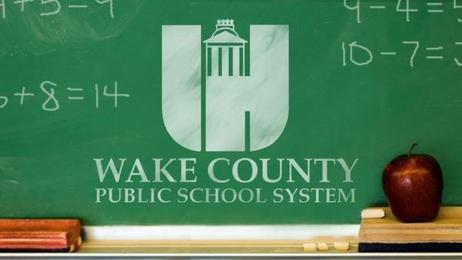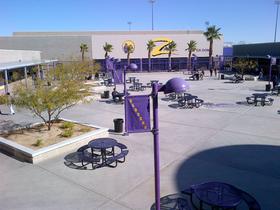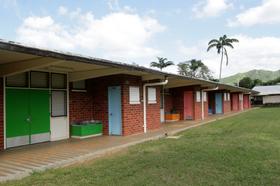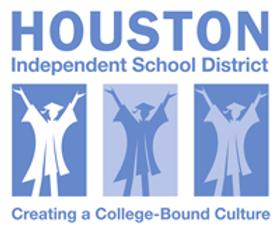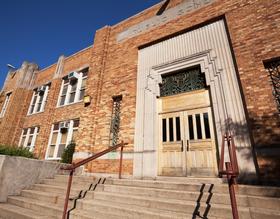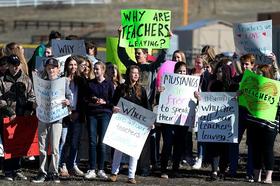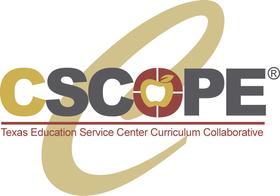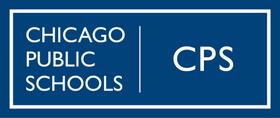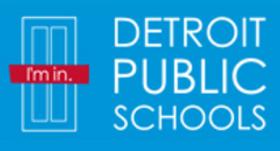The Wake County Public School system is the largest school district in North Carolina and the 16th largest in the U.S. It serves nearly 150,000 students at its 165 schools throughout Wake County. The district has a relatively short but colorful history, formed amid desegregation in the South that changed the face of public education for the entire country.
The History of Wake County Public Schools
Wake County Public Schools is one of the country's more recently formed school districts, dating back to 1976. The district was formed due to a merger between the Wake County school system and Raleigh Public Schools. During that time, North Carolina schools were in flux, thanks to a Supreme Court decision in 1971 involving the desegregation of North Carolina schools. According to the Carolina Journal, in Swann v. the Charlotte-Mecklenburg Board of Education, the Supreme Court determined that Charlotte-Mecklenburg must desegregate its schools through forced bussing.
While schools resisted the idea of forced bussing, it became apparent over the next two decades that desegregation improved academic performance and test scores in the affected schools. However, the program was not sustainable over the long term, and increased diversity in the suburbs of North Carolina deemed the act of forced bussing no longer necessary. During the 1990s, the segregation debate was revisited, and in 1999, a federal court struck down the idea of race-conscious student assignment. School zones were restructured, and parental choice became an option in many districts nationwide.
Despite the changes occurring in North Carolina regarding forced bussing at that time, Wake County held fast to the idea that forced bussing improved student achievement across the board. To get around the federal mandate, the county identified bussed students by economic disadvantage rather than race to preserve race-based bussing. During the decade since that decision, the performance of students in Wake County Schools has improved, even though concentrations of poor students have grown in some Wake County schools. However, despite positive test scores, many parents and educators oppose Wake County’s adherence to race-based bussing, and the debate over whether it should be allowed to continue has not waned.
Diversity Controversy Continues
In 2010, the diversity controversy in Wake County reached a new level. At that time, the school district abandoned its socioeconomic diversification plan that had been in place for more than a decade and instead adopted a neighborhood plan, according to Wikipedia. This plan raised the ire of the National Association for the Advancement of Colored People (NAACP), which sent a civil rights complaint to the U.S. Department of Education.
The work to compromise this controversy is ongoing, with a current integration by achievement plan practiced in Wake County. With this plan, students are assigned to schools based on standardized test scores, ensuring all schools in the county have a similar percentage of students who performed high on the tests and students who did not fare as well. Schools must have 70 percent of students scoring proficient or higher and 30 percent scoring below proficiency.
In this video, Wake County students talk about Career Academies.
Wake County Public Schools Today
With a relatively short but controversial history, Wake County is a large and thriving school district today. WRAL reports that the county had more than 143,000 students during the 2010-2011 school year, served by more than 9,300 teachers. The district has 163 schools, with four special option schools available. Around half of the students in the county are white, 24 percent are African-American, and 14 percent are Hispanic. The district maintains a healthy student-teacher ratio, with early grades seeing just 21 students to every teacher in the classroom.
During the 2009-2010 school year, Wake County saw more than 8,300 students graduate. Of that number, nearly 88 percent planned to pursue some postsecondary education. Most were planning to go to four-year schools, while a smaller percentage were plotting their futures at community colleges and technical schools. According to U.S. News and World Report, some of the top schools ranked in Wake County are high schools, including Needham Broughton High School, Sanderson High, and Garner High.
This video offers an overview of the Wake County Schools.
Today’s Wake County schools are committed to providing a world-class education that improves the academic achievement of all their students, according to the Wake County Public Schools website. District officials want to see students who graduate from their schools become “successful, productive citizens.” To that end, the district has established a core set of beliefs it follows in educating children, which include:
- A belief that all students in Wake County are entitled to the same high-quality education
- Aggressively challenging students can help reduce academic achievement gaps
- Parents, family members, mentors, and members of the community all play a vital role in the success of students
- Teachers and principals must be highly effective if schools in Wake County are to succeed
- The district must adhere to an environment of continuous improvement and focus on student achievement
To that end, Wake County believes it is at a crossroads involving new legislation at both the state and federal levels, high expectations from within the Wake County community, and rapidly changing technological developments. As the district strives to address these issues, the continued focus is on the student's success and preparation for the 21st century.
Questions? Contact us on Facebook. @publicschoolreview
#publicsschools #publicschoolreview

